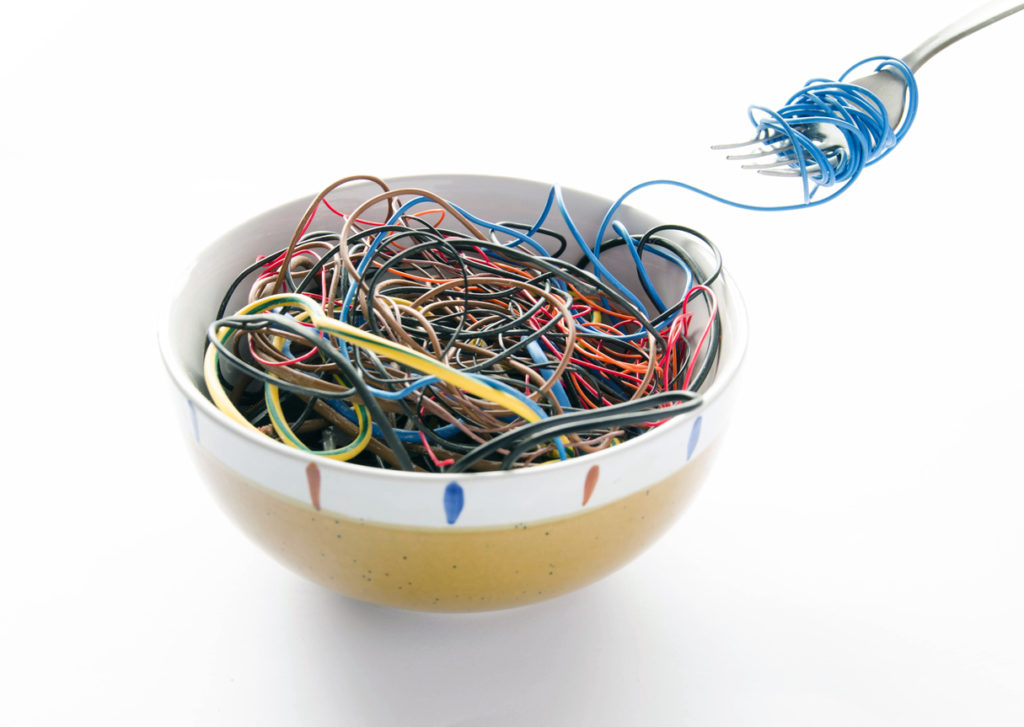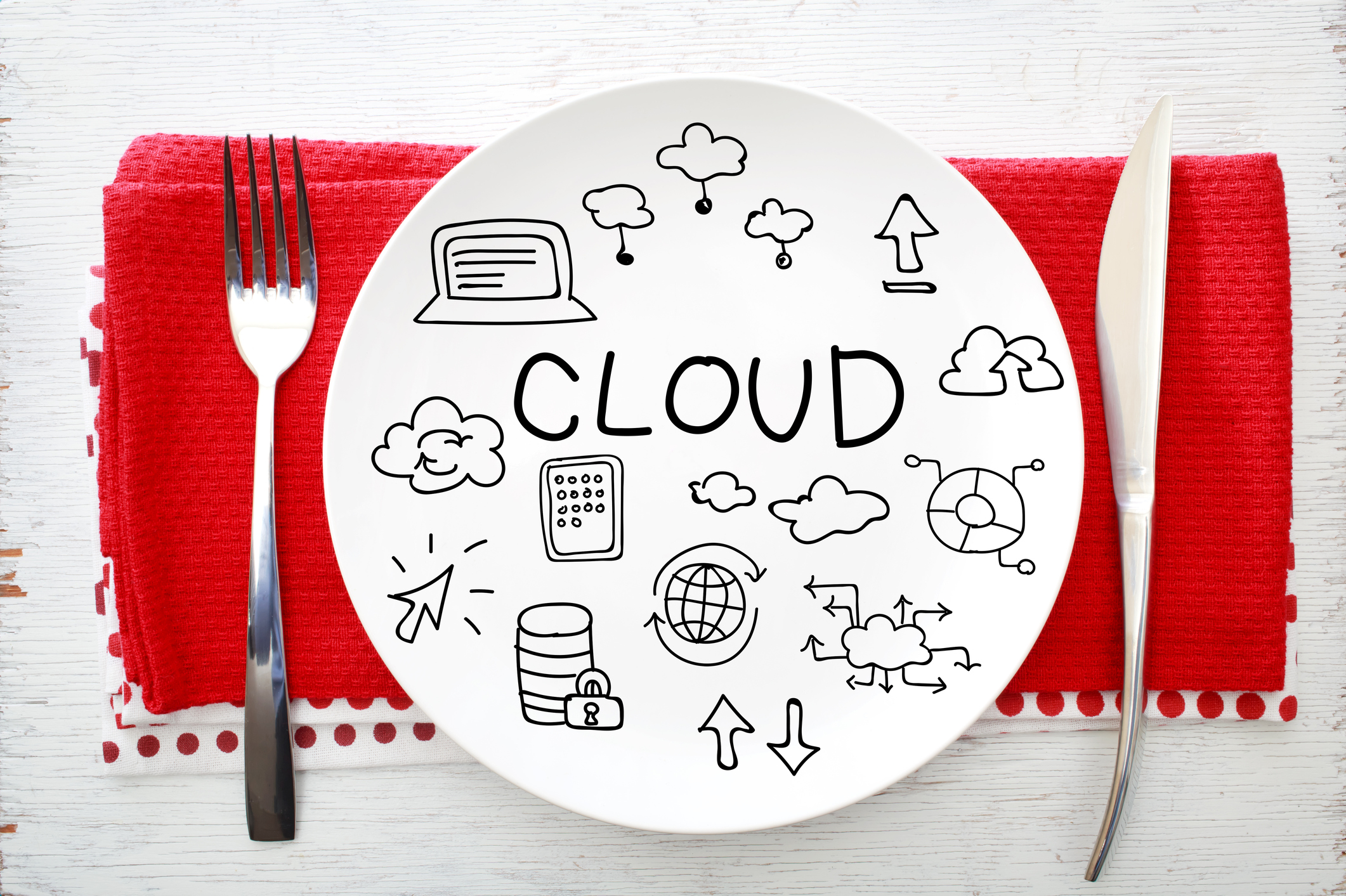You are what you eat , they say. They say a lot of things and it is up to you when figuring out who and what to listen to. IT is not much different and cautions us to not "over eat" when it comes to data consumption. Monitoring your diet and keeping up with data intake will help you make sure not to get bloated and full feeling.

"Data" one big burger
That business service is comprised of two web servers and a file server. By adding SNMP monitoring at the gateway, we discover that there is, in total, an average 5 gigabits of data consumption for the entire location. We then add a second layer of SNMP monitoring at the two web servers and the file server.
Pigging out, Stuffing your face, are all slang terms for over eating. One of the most common things we encounter when watching data consumption is over utilization. It is easy for users, applications, and services to consume more data than expected if web traffic is unrestricted like in the example above. Fortunately, this is easy to spot in monitoring. A good place to start is setting channel limits and notifications for SNMP sensors. You can also watch the top talker,not with your mouth full, and top protocols list with to help identify and isolate the source.

IT would be like pasta without sauce
A sudden, unexpected, or sustained drop in bandwidth utilization can be a strong indicator of a potential significant issue. The important thing to understand is if you are returning to a healthy level or if you have lost connection to a vital data source. There is no real secret sauce just being aware of your network and IT infrastructure.
Occasionally, you’ll find something in your diet that doesn’t agree with you. Using SNMP monitoring, you can quickly identify trouble spots in your network that are experiencing excessive errors and discards. This can be matched with database and application monitoring to quickly find the source of disagreement with your environment.
Article originally posted on Paessler Blog.

